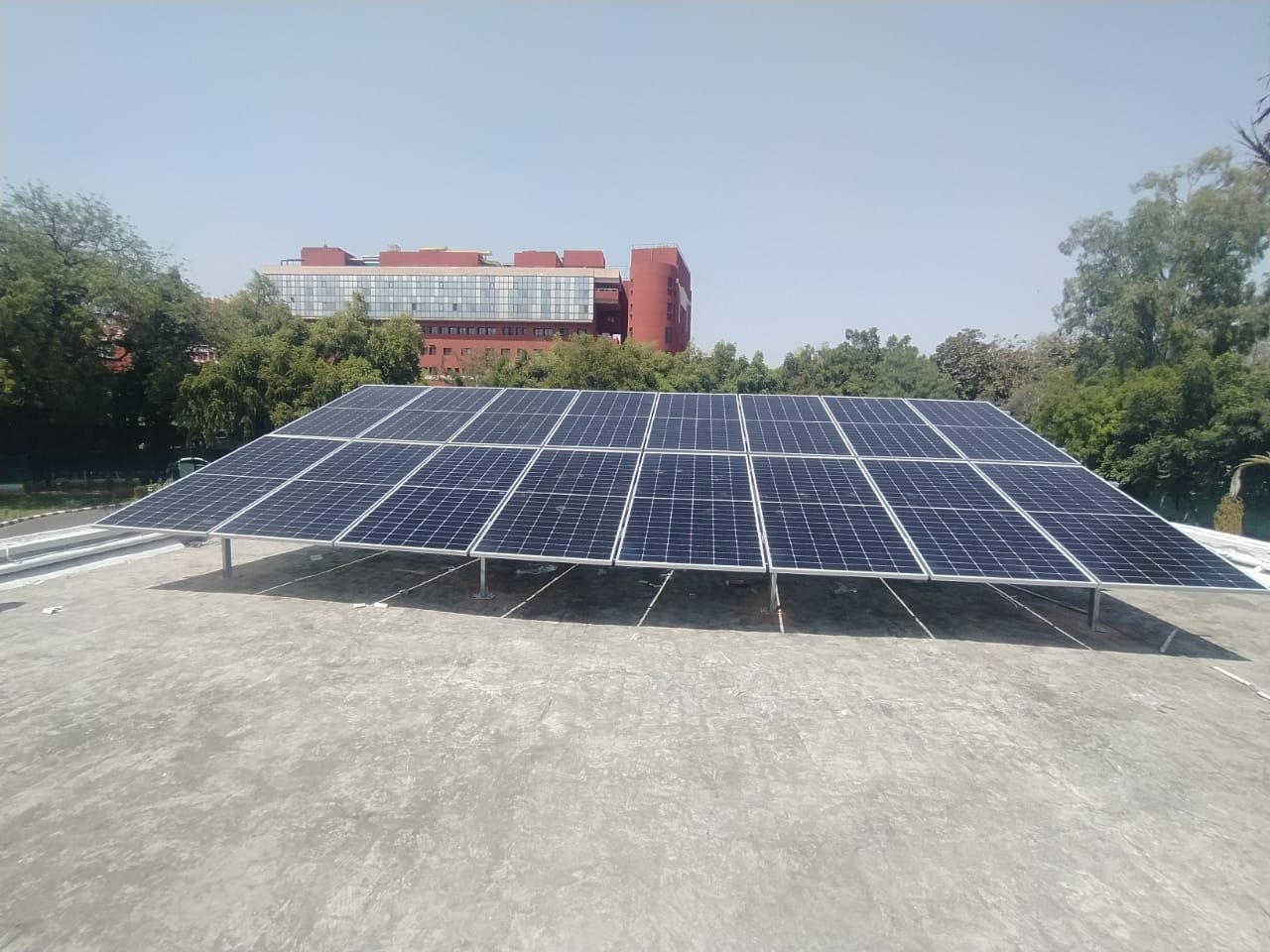The Ministry of Environment, Forest, and Climate Change (MoEFCC) has revised the mandatory green cover requirement for new industrial estates, parks, and complexes.
The new green mandate introduces a differentiated, pollution-based approach:
Common Area Reduction: The mandatory common green area for the entire industrial estate (to be developed by the owner) is reduced sharply from 33% to a minimum of 10% of the total area. This 10% must feature dense plantation (2,500 trees per hectare) and be clearly demarcated.
Individual Unit Requirements: Individual industries within the estate must maintain a green belt on their own premises based on their pollution index:
Red Category (Most Polluting): 15% green belt.
Orange Category (Moderately Polluting): 10% green belt.
Green & White Categories (Least Polluting): No mandatory requirement.
The mandate specifies that the overall green cover in an estate will now depend on the mix of industries it hosts.
The old uniform requirement:
The previous mandate, set through an OM dated October 27, 2020 (superseding earlier norms), required an overall green area of at least 33% for industrial estates, parks, export processing zones (EPZ), special economic zones (SEZ), and other complexes. While the responsibility could be allocated to individual units, the aggregate target for the complex was a minimum of 33%.
Benefiting industrial corridors and MSMEs:
The relaxation in norms is primarily aimed at boosting the government’s flagship infrastructure initiatives by streamlining land acquisition and making projects financially viable. The National Industrial Corridor Development Program (NICDP), which encompasses major projects such as the Delhi-Mumbai Industrial Corridor (DMIC) and the Chennai-Bengaluru Industrial Corridor (CBIC), as well as new industrial nodes like Dholera (Gujarat) and AURIC (Maharashtra), is likely to be the most significant beneficiary.
Industry bodies had long lobbied for this change, arguing that the uniform 33% requirement was prohibitive, especially for low-polluting sectors and MSMEs, and increased land costs unnecessarily.
Potential environmental impact:
While the policy aims to promote “ease of doing business” and attract manufacturing investment, environmental experts have raised concerns. The move effectively reduces the mandated green buffer designed to absorb pollutants, leading to:
Worsened Air Quality: Less green cover directly impacts the ability of industrial zones to mitigate air and noise pollution.
Reduced Green Buffer: In estates dominated by Green and White category units, the total green cover could plummet significantly below the former 33% minimum.
Risk to Ecosystem Services: The reduction undermines the function of green belts in soil conservation, water management, and urban cooling.
Backdrop:
A committee was constituted to rationalize the requirements and strike a balance between the land requirements for projects and environmental needs. The revised criteria are based on the Pollution Index (PI) of industries, ensuring that highly polluting units maintain a significant green buffer, while less polluting sectors are not unnecessarily hampered by prohibitive land use restrictions. This is a step towards modernizing environmental regulation without compromising the commitment to pollution control.













